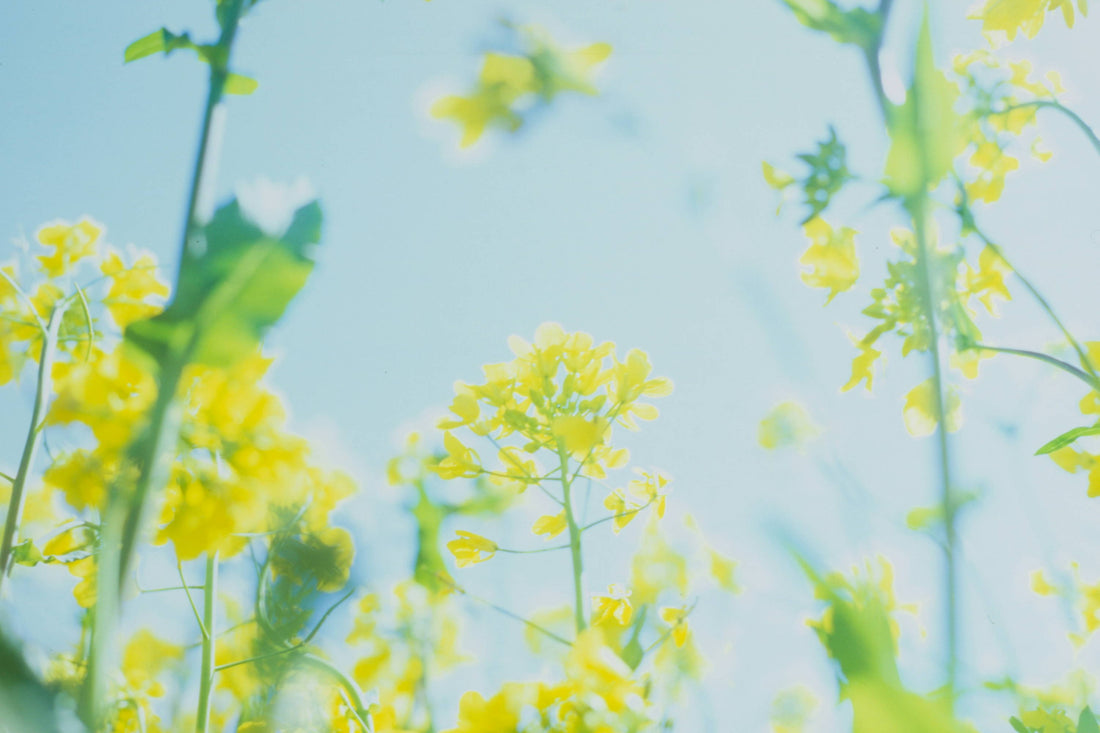Spring is synonymous with new beginnings, new potential, and rebirth. Nature bursts forth with colour and takes on a renewed energy. Leaves become luscious green full of prana, and daffodils pop out their yellow heads, a promise that the sun's reappearance is around the corner.
We also take on renewed energy after winter's long, monotonous, dark days. We are, of course, a part of nature.
Ayurveda considers the latter part of winter and spring the kapha dosha season. If you are familiar with the basics of Ayurveda, you will know that kapha dosha is composed of earth and water and has a slow, heavy, cold, dense, sticky and liquid quality.
During winter, we tend to be less active and crave heavier, denser foods. According to Ayurveda, 'like increases like'. Hence, these lifestyle habits, which are essentially kapha qualities, combined with winter's cold and wet qualities, result in an accumulation of kapha in the body.
If you are in tune with your body, you may already sense this accumulated kapha. You may feel heavy and sluggish due to a lack of motivation or show signs of water retention, puffy eyes, sinus congestion, or weight gain. These are all kapha disorders due to increased kapha.
Outside, rising temperatures during spring thaw the congealed dampness of winter. As our bodies mirror nature, we also experience a melting of the accumulated kapha dosha, commonly experienced as spring colds, flu, and hay fever.
Like many traditions, Ayurveda regards spring as a time to cleanse the body and promotes a kapha-reducing lifestyle to help the melted kapha flow out of the body. Doing so removes kapha imbalances from the body before they can negatively impact our health. As the saying goes, "An ounce of prevention is worth a pound of cure".
So, what steps can we take to support the body in moving out this excess of Kapha?

